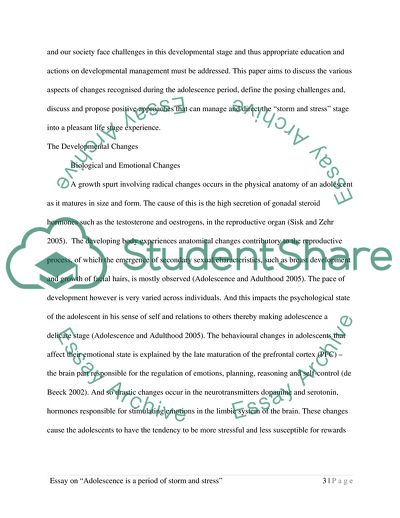Cite this document
(Adolescence as a Period of Storm and Stress Essay, n.d.)
Adolescence as a Period of Storm and Stress Essay. https://studentshare.org/sociology/1774253-discuss-the-statement-that-adolescence-is-a-period-of-storm-and-stress
Adolescence as a Period of Storm and Stress Essay. https://studentshare.org/sociology/1774253-discuss-the-statement-that-adolescence-is-a-period-of-storm-and-stress
(Adolescence As a Period of Storm and Stress Essay)
Adolescence As a Period of Storm and Stress Essay. https://studentshare.org/sociology/1774253-discuss-the-statement-that-adolescence-is-a-period-of-storm-and-stress.
Adolescence As a Period of Storm and Stress Essay. https://studentshare.org/sociology/1774253-discuss-the-statement-that-adolescence-is-a-period-of-storm-and-stress.
“Adolescence As a Period of Storm and Stress Essay”. https://studentshare.org/sociology/1774253-discuss-the-statement-that-adolescence-is-a-period-of-storm-and-stress.


